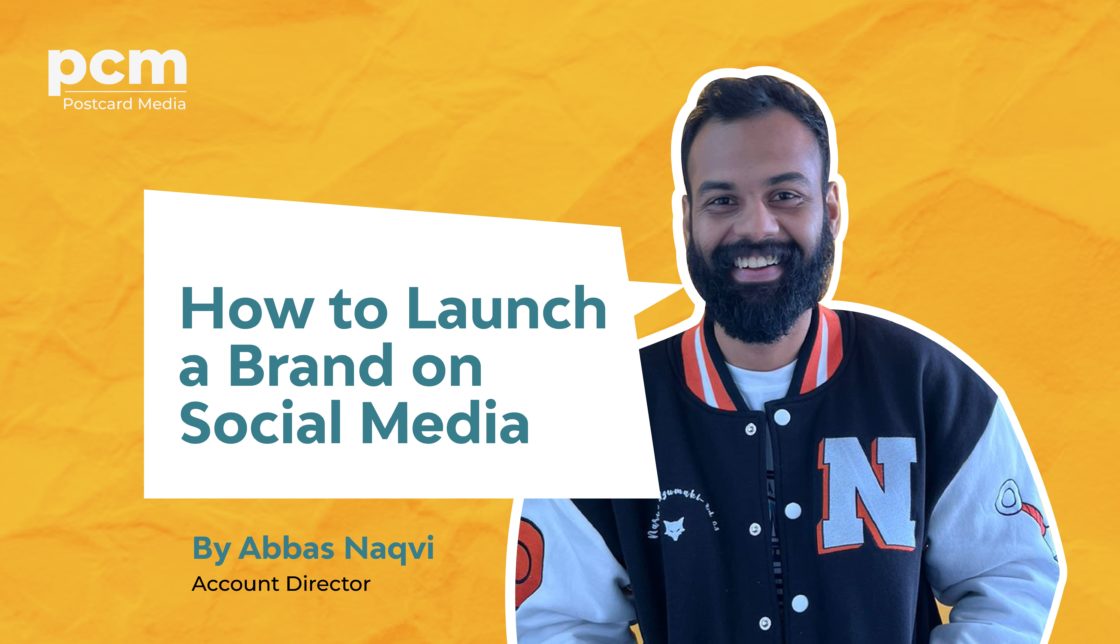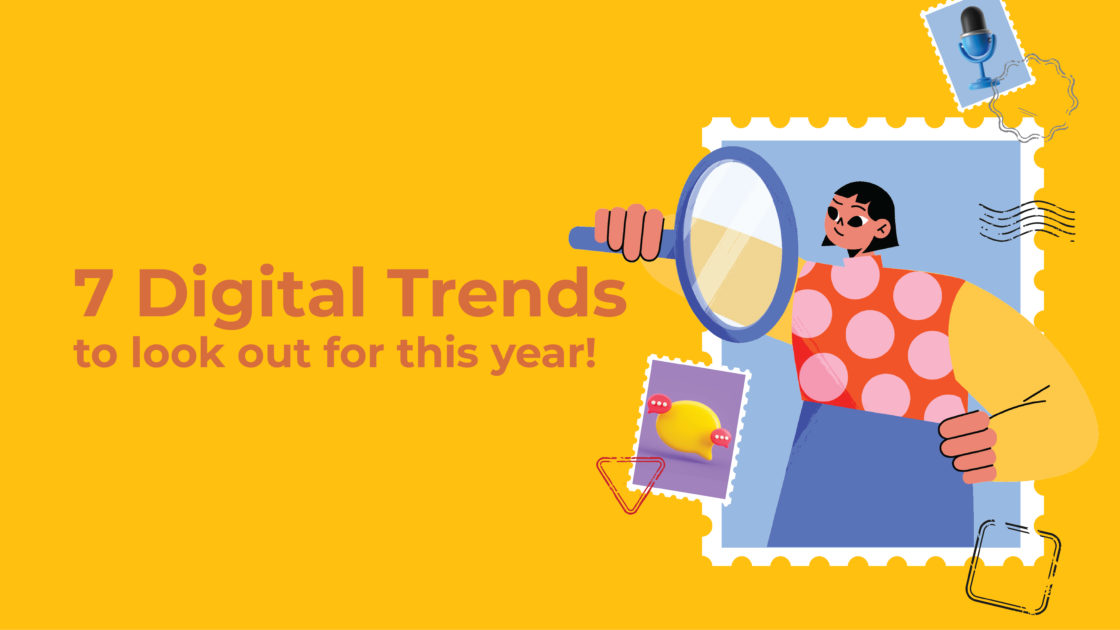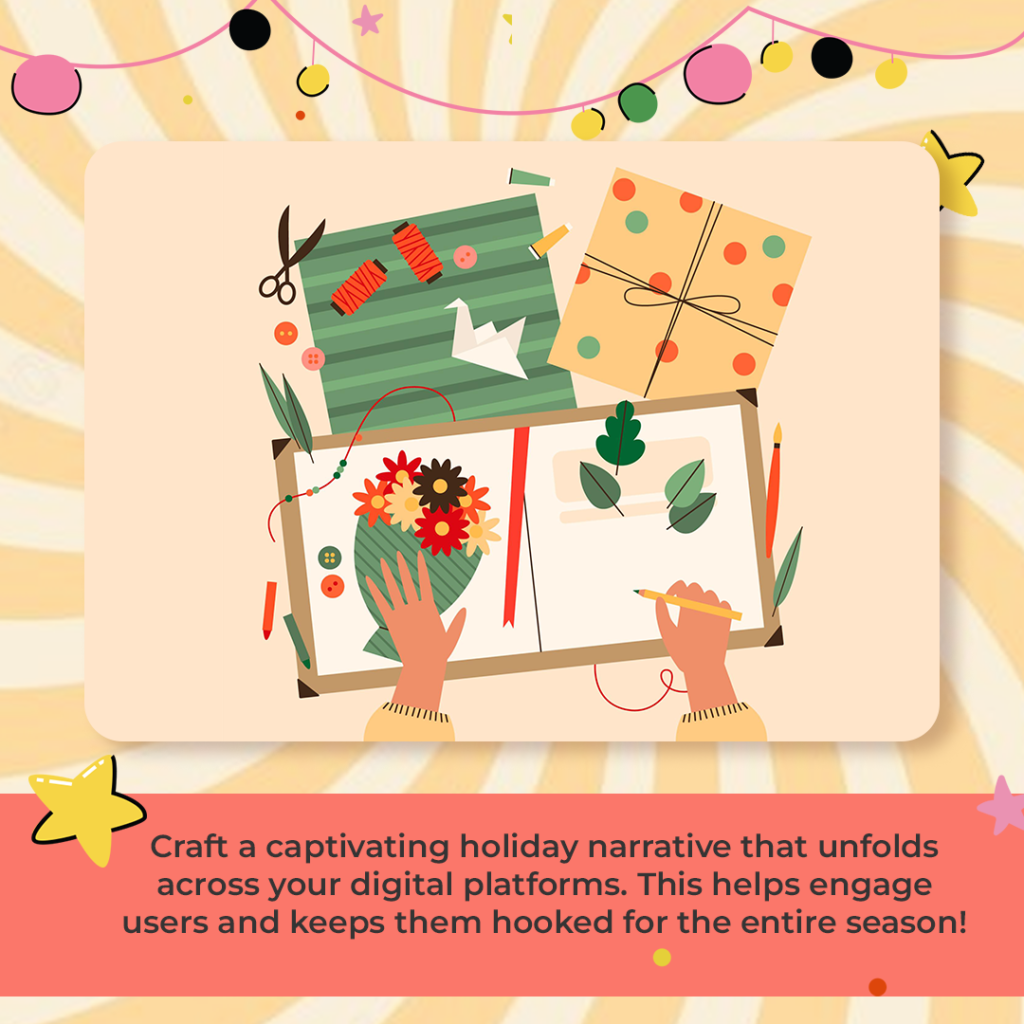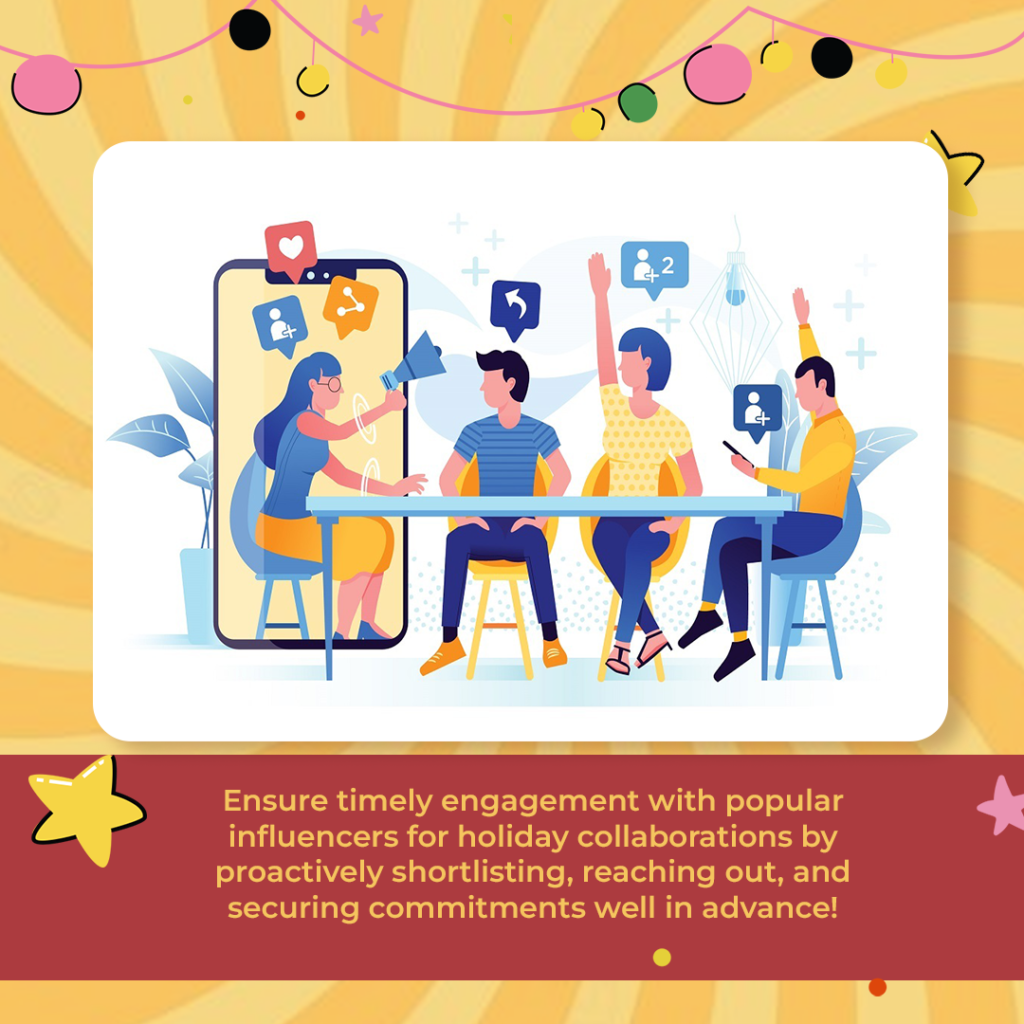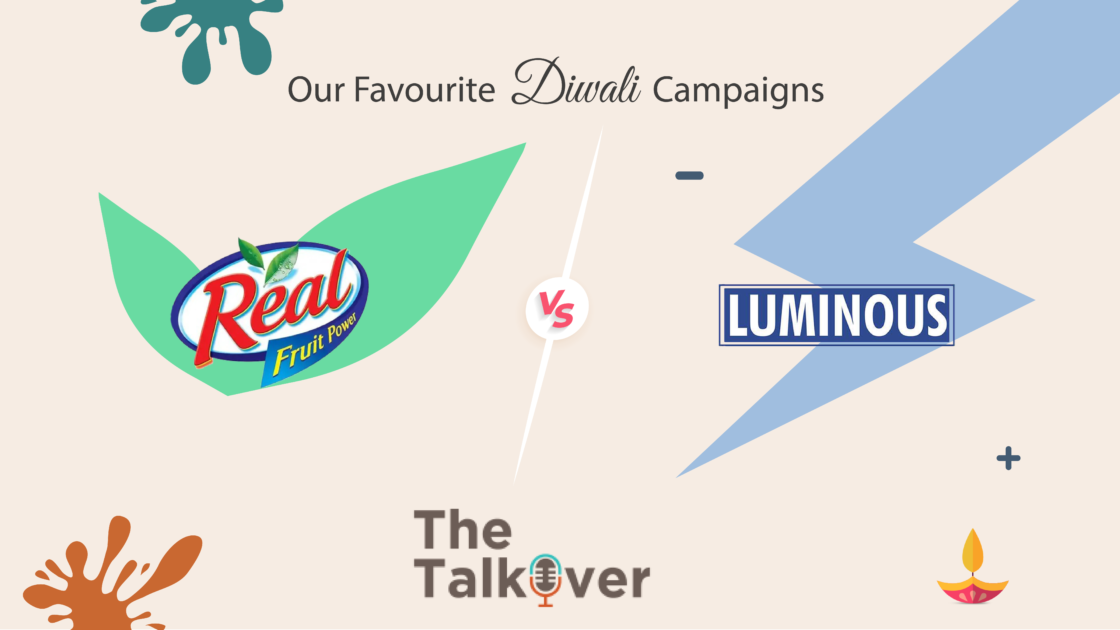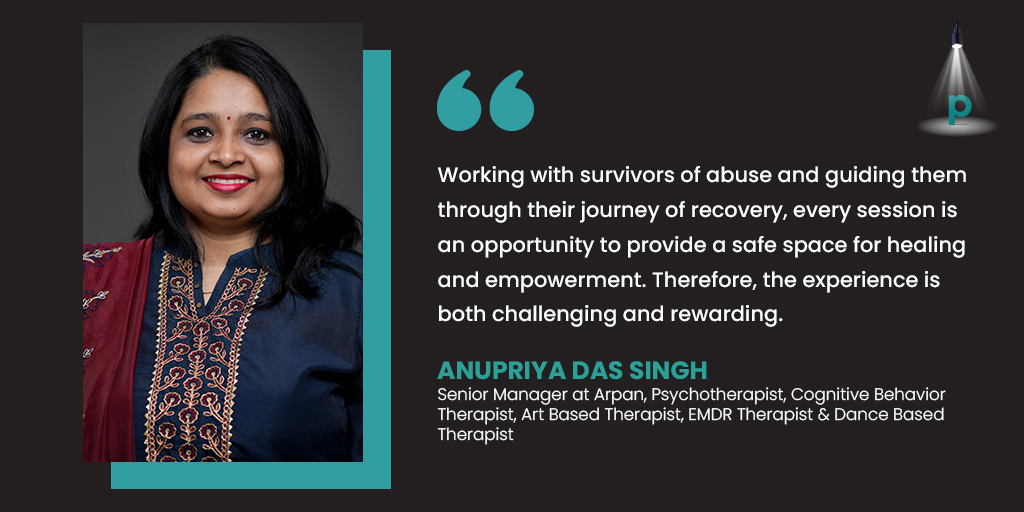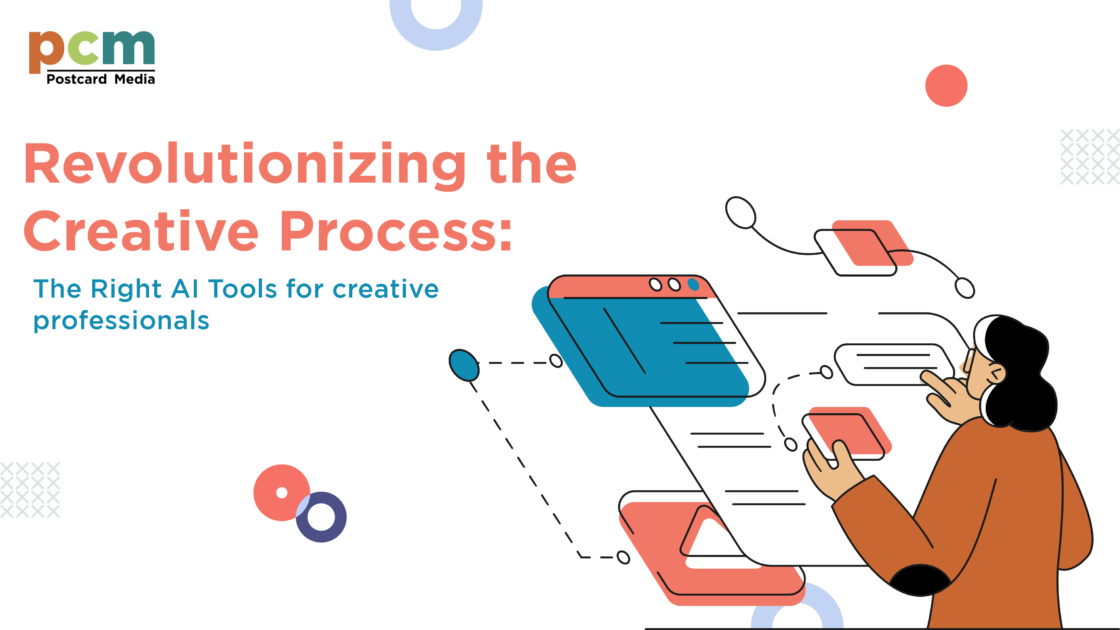Account Managers, as the name suggests, come along with different roles and demands. It may seem like a cakewalk, but it’s not.
Client servicing is more than just talking to clients or attending meetings. To master it, we should know the client in and out – what ticks them off and makes them happy. You can’t deal with every client in the same way, as the approach and perspective of each person differ. Something that’s most important is maintaining a boundary without making it look like you’re being unapproachable.
What ensures a smooth and clear conversation is below –
Communicating on the right platform – It is very important to be concise and understand the client’s needs. To avoid miscommunication, opting for a Google or Zoom meeting is the ideal situation. Communicating via text usually leads to a lot of misinterpretation.
Being in their position – You have to be in the client’s position to understand the situation he or she is in. You can’t be set in your ways. Two-way communication is the way to go.
Being patient – Not going to lie, over time I’ve mastered the skill of being patient, and it is something that tops the list when it comes to dealing with clients. Some can be very understanding, while some just make your day worse with every phone call they make, but being patient is the way to go.
Respecting their opinion – Even when you think the client is not making sense, you have to make them understand in a very polite manner that does not irk them or make them feel disrespected. When you present your idea or point, welcoming their stance on the same is vital.
Being an Account Manager involves more than just handling responsibilities; it’s a nuanced role with various demands. While it might seem straightforward, client servicing extends beyond mere conversations and meetings. Mastery in this field requires a deep understanding of clients – knowing what pleases them and what triggers frustration.
Recognising that each client is unique is crucial. There’s no one-size-fits-all approach, and it’s essential to strike a balance between maintaining professional boundaries and being approachable.
Ensuring smooth and clear conversations involves:
Choosing the Right Communication Platform:
Selecting an appropriate platform is crucial for clarity. Opting for Google or Zoom meetings facilitates concise communication and a better understanding of client needs. Text-based communication often leads to misinterpretation.
Empathy and Perspective-Taking:
To truly connect with clients, it’s imperative to put oneself in their position. Understanding their situation fosters two-way communication, breaking away from rigid approaches.
Exercising Patience:
Patience is a mastered skill over time, especially when dealing with clients of varying dispositions. Some may be understanding, while others might make your day challenging. Patience remains a key attribute for successful client interactions.
Respecting Differing Opinions:
Even when a client’s perspective seems unclear or challenging, respecting their opinion is crucial. Presenting ideas in a polite manner that doesn’t alienate them is vital. Welcoming their stance fosters a collaborative atmosphere.
Additional Strategies for Navigating Difficult Client Conversations:
Clear Expectation Setting:
Establishing clear expectations from the outset helps manage misunderstandings. This involves outlining communication frequencies, response times, and project timelines to align with the client’s expectations.
Active Listening:
Actively listening to clients is a fundamental skill. Understanding their concerns and acknowledging them demonstrates a commitment to their needs, fostering a positive client relationship.
Offering Solutions, Not Just Problems:
When faced with challenges, presenting viable solutions rather than dwelling on problems showcases a proactive approach. This contributes to building trust and confidence in your ability to navigate difficulties.
Regular Check-Ins:
Regularly checking in with clients, even when everything seems smooth, maintains an open line of communication. This ensures that potential issues are addressed promptly, preventing them from escalating.
Continuous Feedback Loop:
Establishing a continuous feedback loop allows for mutual improvement. Encourage clients to share their thoughts, and be open to constructive feedback. This promotes a collaborative partnership.
Cultural Sensitivity:
Being aware of and respectful towards cultural differences is vital, especially in a globalized business environment. Sensitivity to cultural nuances prevents unintentional misunderstandings.
Successfully navigating difficult client conversations goes beyond the initial steps of understanding and communication platforms. It involves a holistic approach that combines empathy, proactive problem-solving, and a commitment to fostering positive client relationships.
However, this was my bit of how I navigate through difficult client conversations. Hope this helps!


